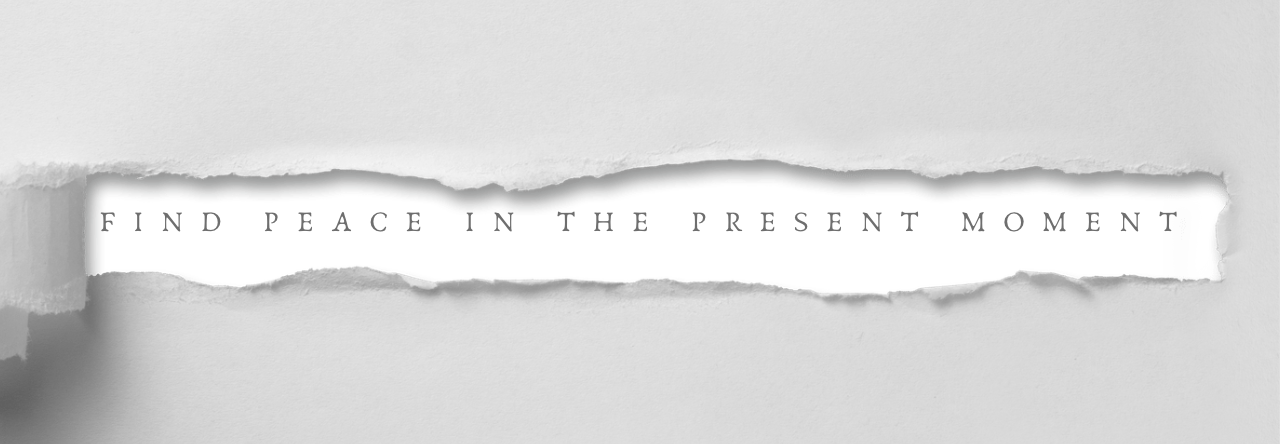In our fast-paced world, it’s easy to get caught up in the hustle and bustle of daily life, often forgetting to appreciate the little things that make our lives meaningful. This is where a gratitude journal comes in – a powerful tool that can transform your mindset and boost your overall well-being. Whether you’re a man or a woman, young or old, incorporating a daily gratitude practice into your routine can lead to significant positive changes in your life.

Photo by Unseen Studio on Unsplash
What is a Gratitude Journal?
A gratitude journal is a simple yet effective way to record and reflect on the things you’re thankful for each day. It’s a personal space where you can write down your thoughts, experiences, and observations that bring joy, contentment, or a sense of appreciation to your life. By focusing on the positive aspects of your day, no matter how small, you train your mind to notice and savor the good things in life.
A beautiful journal for you to just write on. Click here.
The Benefits of Keeping a Gratitude Journal
1. Improved Mental Health: Regular gratitude practice has been shown to reduce symptoms of depression and anxiety, promoting a more positive outlook on life.
2. Enhanced Well-being: People who practice gratitude report feeling happier and more satisfied with their lives overall.
3. Better Sleep: Writing in a gratitude journal before bed can help calm your mind and improve sleep quality.
4. Increased Resilience: Focusing on positive experiences can help you build emotional resilience, making it easier to cope with life’s challenges.
5. Stronger Relationships: Expressing gratitude can improve your relationships by fostering a sense of connection and appreciation for others.
6. Greater Mindfulness: The act of journaling encourages you to be more present and aware of your surroundings and experiences.
Getting Started with Your Gratitude Journal
Starting a gratitude journal is simple and requires minimal investment. Here’s what you need to get started:
1. Choose Your Medium: You can use a physical notebook, a digital app, or even a simple document on your computer. Pick whatever feels most comfortable and accessible for you.
2. Set a Schedule: Decide when you’ll write in your journal. Many people prefer to write in the evening, reflecting on their day, while others like to start their morning with gratitude.
3. Create a Ritual: Make your journaling time special by creating a ritual around it. Light a candle, brew a cup of tea, or find a quiet, comfortable spot to write.
4. Start Small: Begin with just three things you’re grateful for each day. As you get more comfortable with the practice, you can expand your entries.
5. Be Specific: Instead of broad statements, try to be as specific as possible about what you’re grateful for and why.
Here’s a beautiful journal for you to just write on. Click here.
Tips for Maintaining Your Gratitude Practice
1. Be Consistent: Try to write in your journal at the same time each day to establish a habit.
2. Don’t Stress About Perfect Writing: Your journal is for you alone. Don’t worry about grammar, spelling, or writing perfectly.
3. Embrace Variety: Look for different things to be grateful for each day to keep your practice fresh and engaging.
4. Include Small Things: Don’t overlook the little joys in life – a warm cup of coffee, a beautiful sunset, or a kind word from a stranger can all be sources of gratitude.
5. Reflect on Challenges: Even difficult experiences can offer opportunities for growth and learning. Try to find something positive in challenging situations.

Photo by Brad Neathery on Unsplash
Gratitude Prompts for Women and Men
Sometimes, getting started can be the hardest part. Here are some prompts to inspire your gratitude practice:
For Women:
1. What is one aspect of your body you’re grateful for today?
2. Name a female role model who has positively influenced your life.
3. What’s a recent accomplishment, big or small, that you’re proud of?
4. Describe a moment when you felt strong or empowered.
5. What’s something about your home that you appreciate?
A beautiful journal for you to just write on. Click here.
For Men:
1. What’s a skill or talent you possess that you’re thankful for?
2. Name a male figure who has had a positive impact on your life.
3. Describe a recent act of kindness you witnessed or experienced.
4. What’s an aspect of your work or career that you’re grateful for?
5. Name a personal quality you appreciate about yourself.
For Everyone:
1. What’s something in nature that brought you joy today?
2. Describe a memory that always makes you smile.
3. Name three people you’re thankful to have in your life.
4. What’s a convenience or luxury you often take for granted?
5. Describe a lesson you learned from a recent challenge.
Incorporating Mindfulness into Your Gratitude Practice
Mindfulness and gratitude go hand in hand. By being more present and aware, you’ll naturally notice more things to be grateful for. Here are some ways to incorporate mindfulness into your gratitude journal:
1. Sensory Gratitude: Each day, try to identify something you’re grateful for using each of your five senses.
2. Mindful Moments: Take a few deep breaths before you start writing, grounding yourself in the present moment.
3. Body Scan: Before writing, do a quick body scan, noticing any areas of comfort or relief in your body and expressing gratitude for them.
4. Gratitude Meditation: Spend a few minutes meditating on one thing you’re grateful for, really exploring why you appreciate it.
5. Present-Moment Awareness: Try to catch yourself in moments of joy or contentment throughout the day, making a mental note to include them in your journal later.

Photo by Priscilla Du Preez 🇨🇦 on Unsplash
Overcoming Common Challenges
1. “I don’t have time”: Remember, even just a minute or two of gratitude journaling can make a difference. Try integrating it into an existing routine, like your morning coffee or evening wind-down.
2. “I can’t think of anything new”: It’s okay to repeat things you’re grateful for. The goal is to feel the gratitude, not to create a unique list every day.
3. “I forget to do it”: Set a daily reminder on your phone or leave your journal somewhere visible as a cue.
4. “It feels forced or inauthentic”: Start with just one thing you’re genuinely thankful for. Authenticity is more important than quantity.
5. “I’m going through a tough time”: During difficult periods, gratitude can be especially powerful. Try to find small positives, even if it’s just “I made it through another day.”
Be inspired to write your daily journal. Click here.
The Science Behind Gratitude
Research has shown that practicing gratitude can have significant positive effects on our mental and physical health. Here’s what science says about the benefits of gratitude:
1. Increased Happiness: Studies have found that people who regularly practice gratitude report feeling happier and more optimistic about their lives.
2. Improved Physical Health: Grateful people tend to take better care of their health, exercise more regularly, and report fewer aches and pains.
3. Enhanced Empathy: Gratitude has been linked to increased empathy and reduced aggression, leading to better relationships and social connections.
4. Better Sleep: Writing in a gratitude journal before bed has been shown to improve sleep quality and duration.
5. Increased Mental Strength: Gratitude can help reduce stress and increase resilience, making it easier to overcome trauma and adversity.
Gratitude Beyond the Journal
While keeping a gratitude journal is a powerful practice, you can extend the benefits of gratitude beyond your writing:
1. Express Appreciation: Make it a point to verbally express gratitude to others in your life.
2. Gratitude Letters: Occasionally write a detailed letter of thanks to someone who has positively impacted your life.
3. Gratitude Walks: Take a walk focusing on all the things you see, hear, and feel that you’re grateful for.
4. Gratitude Jar: Keep a jar where family members can add notes about things they’re grateful for, reading them together at the end of the year.
5. Gratitude Photography: Take photos of things you’re grateful for and create a visual gratitude journal.
Conclusion: Embracing a Life of Gratitude
Starting a gratitude journal is a simple yet profound way to shift your focus towards the positive aspects of your life. Whether you’re a man or a woman, young or old, the practice of gratitude can enhance your well-being, improve your relationships, and help you navigate life’s challenges with greater resilience and positivity.
Remember, the goal isn’t perfection but consistency. Even on days when gratitude feels difficult, the act of searching for something positive can be transformative. As you continue your gratitude practice, you may find that it becomes more than just a daily habit – it becomes a lens through which you view the world, constantly aware of the abundance and joy that surrounds you.
So grab a notebook, open a new document on your computer, or download a journaling app, and start your gratitude journey today. Your future self will thank you for it.
Get your personal journaling app right here. Click this link.


